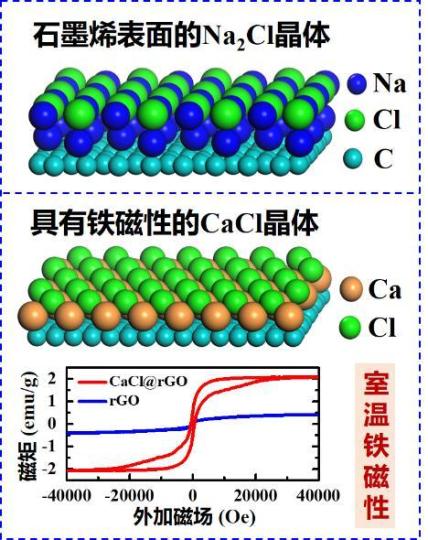Shanghai research team develops portable seawater desalination device
(ECNS) -- Chinese scientists have invented a portable seawater desalination device, resembling a thermos in both shape and size and weighing less than a kilogram. This innovative device can provide fresh water for over a week to those stranded at sea.
At the 2023 Shanghai Science and Technology Awards announced on Wednesday, the project titled "Theoretical Study on the Dynamic Properties of Solid-Liquid Microscopic Interfaces and Its Applications" led by Professor Fang Haiping from the School of Physics at East China University of Science and Technology won the First Prize in Natural Science. The portable desalination device is one of the project’s practical applications.
The principle behind this "thermos" desalination device lies in its use of a special graphene oxide membrane, which effectively blocks and filters salt ions while allowing water molecules to pass through, converting seawater into fresh water.
Graphene, a carbon-based material with a honeycomb-like planar membrane, has a unique two-dimensional structure, making it hightly promising for applications in energy, materials, and other fields. Researchers worldwide are now interested in using graphene’s properties to create high-performance separation membranes, addressing core technical challenges in areas like wastewater treatment and seawater desalination.
However, achieving this goal requires controlling the interlayer spacing of graphene with extreme precision -- down to one-tenth of a nanometer. Fang Haiping, who has long been focused on water research, began tackling this challenge in 2008.
Chemists had previously discovered on that graphene's honeycomb structure exhibits a special electronic behavior called π-electrons, which can strongly interact with cations like sodium ions, forming an ion-π interaction. However, this interaction is often overlooked in aqueous solutions due to the presence of hydrated ions.
Based on statistical physics theory, Fang's team recognized the significance of ion-π interactions in aqueous solutions. By combining quantum mechanics calculations, they developed computational software, and proposed using ions to precisely control the interlayer spacing of graphene membranes to accurately achieve ion sieving and seawater desalination. Their theory was successfully validated through experiments, and the related research paper has been published in Nature.
Building on their fundamental research, the team developed a practical graphene composite seawater desalination membrane. According to installation test results, the water flux of this membrane is about 15 times that of Dow's seawater desalination membrane, making it one of the most advanced practical desalination membranes currently available. Additionally, the team developed a portable seawater desalination device the size of a thermos, which has been included in the Shanghai Green Technology Directory.

